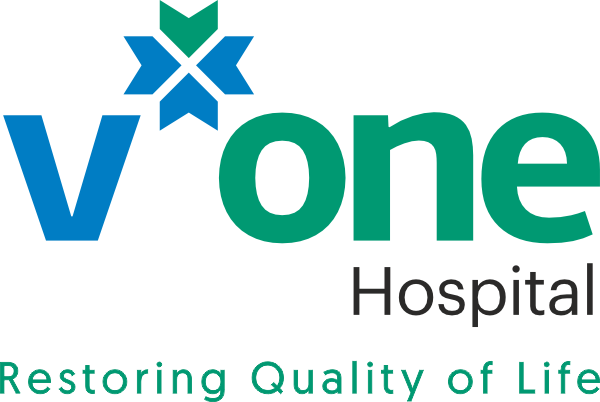Facial Rejuvenation Surgery – 5 Aspects You Need to Know Before Undergoing Facelift
In this blog, we will explore the 5 essential aspects of facial rejuvenation surgery that you should know before deciding to undergo the procedure. Understanding these important factors can help you to make an informed decision about whether a facelift is right for you and ensure that you have the best possible outcome from your surgery.
What is Facial Rejuvenation Surgery (Facelift)?
A facelift is a cosmetic surgical procedure that can improve signs of aging by lifting and tightening the sagging skin on your face and neck. The technical term for it is “Rhytidectomy”. It removes excess skin, smoothes out folds and wrinkles, and tightening facial tissue.
How is a Facelift Done?
For performing a facial rejuvenation surgery, the surgeon will make an incision in the hairline near the temples, down the front of the ear to the lower scalp behind the ears. He will lift a flap of skin on each side of the face and pull it back. Then, he will alter the tissues under the skin and redistribute any fat and excess skin. Usually, a neck lift is also done as a part of the facelift procedure, with the skin tightened and pulled up and back.
Benefits of a Facelift
The benefits of a facelift are manifold:
- It can reduce sagging skin, fine lines, and wrinkles, helping your face and neck look tighter.
- It encourages collagen growth and tightens up saggy facial skin for a more youthful appearance.
- It can get rid of a double chin by tightening and removing excess skin.
- It can reduce deep wrinkles like smile lines and marionette lines.
- It can get rid of a jowl, creating a slimmer, well-defined jawline.
- It can minimize facial veins (the small red, purple, or blue broken capillaries under your skin).
- It can diminish sun spots caused by repeated exposure to the sun.
- It can improve acne scars (pits formed on your skin when your body fails to restore the collagen when an acne cyst drains).
- It can relieve redness and rosacea by constricting and shrinking the blood vessels.
There is no right age to get a facelift, you can get it anytime! And while it would be quite visible in earlier times that a facelift was done, modern facelift procedures work skillfully and seamlessly to give you a naturally youthful appearance.
Risks Involved in the Facelift Procedure
Some people might be scared to go under the knife to get a more youthful appearance, but facial rejuvenation surgery carries some risks just like any other medical procedure.
- It can cause a hematoma (a pooling of blood under the skin). This is the most common complication of a facelift and causes swelling and pressure.
- Although a facelift causes permanent scars, these are usually hidden by your hairline and the natural contours of your face and ear. But sometimes, the scars might be raised. This can be fixed with medication.
- Rarely, a facial rejuvenation surgery can injure the nerves that control sensation or muscles temporarily or permanently. If that happens temporarily, you may lose feeling or may not be able to move a muscle in your face, causing an uneven facial expression. But this may be improved with surgery.
- You may experience some temporary or permanent hair loss near the incision sites. Although if it is permanent, you can get a transplant.
- If the blood supply to your facial tissues is interrupted, it can cause skin loss. But this can be treated with medication and wound care.
Additionally, there may be risks of bleeding, infection, cardiac events, pain, prolonged swelling, problems with wound healing, and anesthesia risks.
Recovery from the Facelift Procedure
You can expect some mild to moderate pain, swelling, and bruising after getting a facelift. You will be prescribed pain medication to deal with this. Your doctor will also tell you when to remove any dressings or drains, and will instruct you on when to make a follow-up appointment.
It might take a few months for your skin to go back to feeling normal, but you can return to your normal daily activities in about 2 weeks. But for exercising and other rather strenuous activities, you should wait a good 4 weeks.
Additionally, there are things you can do at home to speed up your recovery. This includes:
- Taking care of your wounds as directed by your surgeon
- Follow your doctor’s instructions on when to start using shampoos and soaps, and of what kind
- Not using makeup on your face
- Not picking at them when scabs form on your wounds
- Avoiding excessive pressure on the incisions
- Avoiding clothes that you need to pull over your head
- Avoiding styling your hair with heat, chemicals, or dyes for six weeks
- Getting enough sleep
- Drinking plenty of water
- Eating a balanced diet packed with nutrition
- Moisturizing your face every day
- Avoiding direct sun exposure for the first 3 weeks and then protecting your skin with an SPF 30 or higher sunscreen
A facial rejuvenation surgery can make your face look much younger and more well-defined, but these are not permanent and usually last about 10 years before you might need another one.

